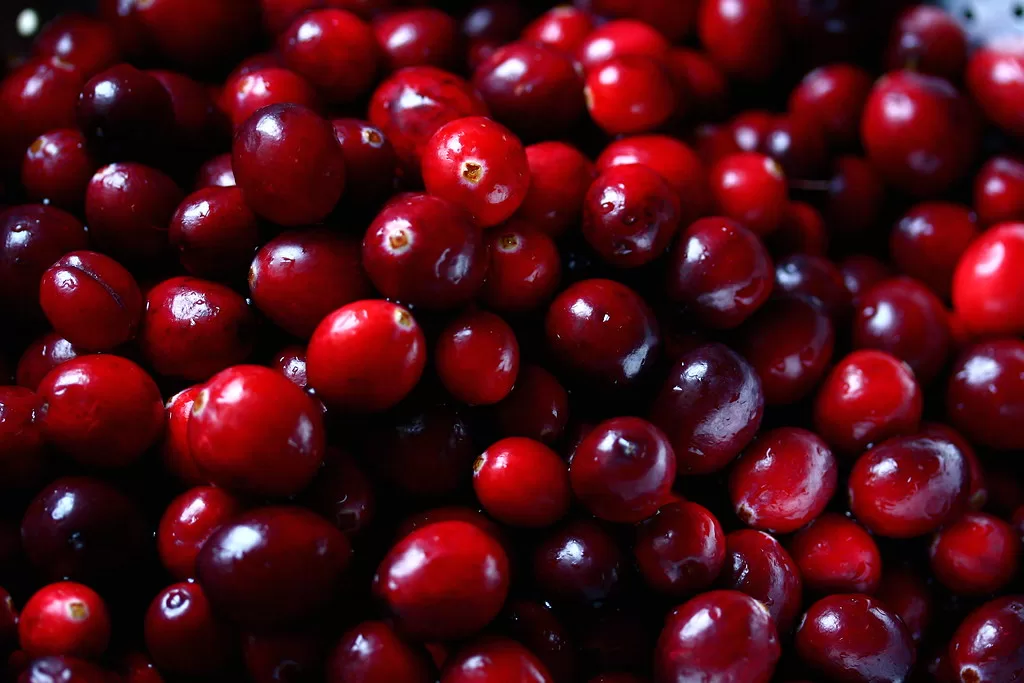Cranberries: The Tangy Thanksgiving Staple with a Rich Botanical Heritage

Cranberries: The Tangy Thanksgiving Staple with a Rich Botanical Heritage
Cranberries are a ubiquitous part of the Thanksgiving meal, appearing in sauces, jellies, and even as a tart counterpoint to the savory feast. But why did this small, sour berry become such an integral part of this quintessentially American holiday? The answer lies in a combination of history, culture, and, of course, botany.
A Native American Staple
Cranberries are native to North America, growing wild in bogs and swamps across the continent. Native American tribes were the first to appreciate the berry’s unique flavor and nutritional value, using it as a food source, medicine, and dye. When European colonists arrived in North America, they were introduced to cranberries by the Native Americans, and quickly adopted them into their own diets.
The Perfect Timing for Thanksgiving
Cranberries ripen in late fall, just in time for the Thanksgiving harvest. This made them a convenient and plentiful food source for early settlers, who were often struggling to survive the harsh winters. Cranberries’ long shelf life also made them ideal for storing and enjoying throughout the holiday season.
A Culinary Companion
The tartness of cranberries is a perfect complement to the rich, savory flavors of traditional Thanksgiving dishes, such as turkey, stuffing, and potatoes. Cranberries’ acidity also helps to cut through the greasiness of these dishes, making for a more balanced and palate-pleasing meal.
A Symbol of Abundance
In addition to their culinary appeal, cranberries also hold symbolic significance for Thanksgiving. The berry’s vibrant red color is often associated with harvest time and abundance, and its ability to thrive in harsh environments is seen as a testament to the resilience of the early settlers.
The Botany of Cranberries
Cranberries are the fruit of the Vaccinium macrocarpon plant, a member of the heath family. They grow on low-lying shrubs that thrive in acidic, boggy soil. Cranberries are small, round berries with a deep red color and a tart, sour flavor. They are a rich source of antioxidants, vitamins, and minerals, and have been linked to various health benefits.
A Thanksgiving Tradition
The combination of their seasonal availability, culinary compatibility, and symbolic meaning has solidified cranberries as a Thanksgiving staple. Today, cranberries are enjoyed in a variety of forms during the holiday season, from cranberry sauce and cranberry relish to cranberry-infused cocktails and desserts.
So the next time you savor the tartness of cranberries at your Thanksgiving feast, remember the rich history and unique botany that have made this small, sour berry an enduring symbol of America’s harvest bounty.




